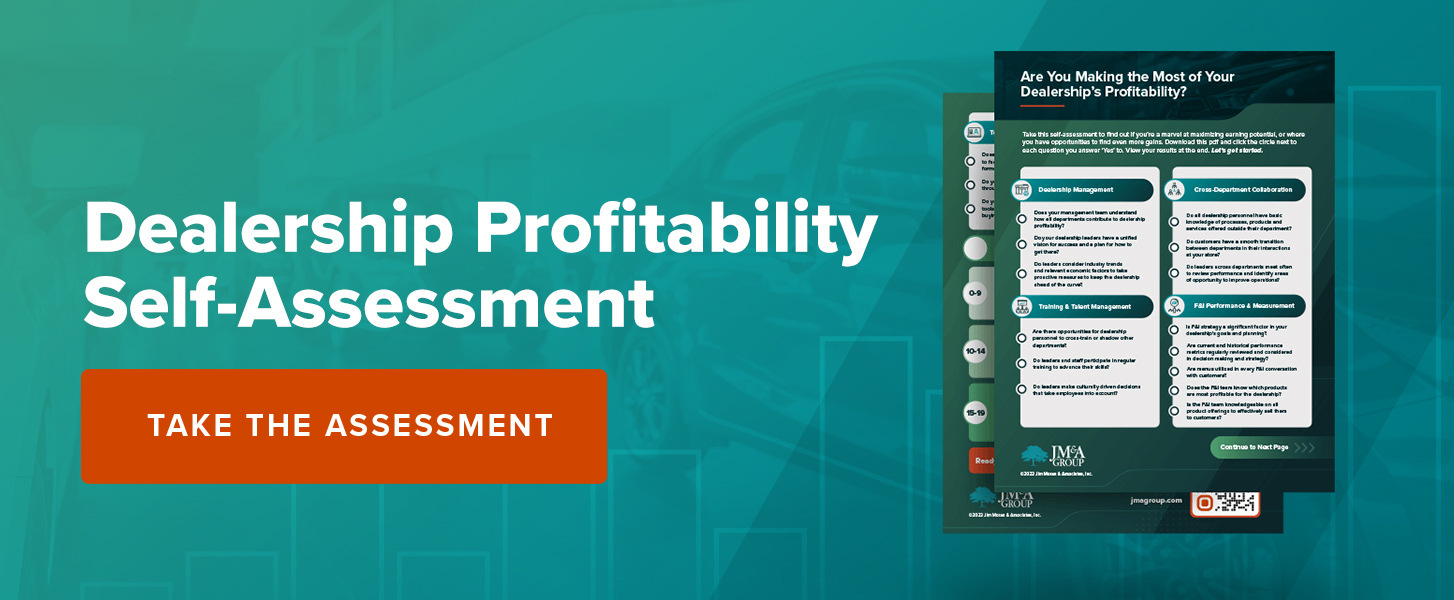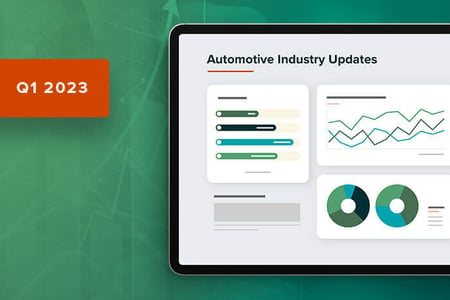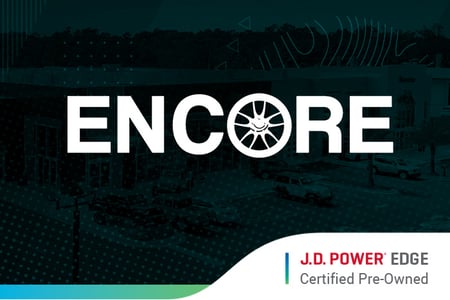How to Start Reevaluating Your Operating Expenses
Are you ready to tackle the challenge of margin compression by examining your operating expenses? We had the opportunity to speak with Steve Emery, the former Dealership Management Consultant at NADA, who shared 11 effective cost-cutting strategies to help you get started.
1. Manage your advertising budget.
For most dealers, advertising is a seven-figure number annually.
Who is managing that? Emery notes that all dealers have a warranty clerk who manages that expense, but very few have an advertising manager – and that expense dwarfs warranty.
“You have no other expense that doesn’t have a manager,” he says. “My theory on advertising is it’s your choice. You can cut it in half and sell the same amount of cars, or if you like to hear your name on the radio and see it in the paper, spend the same amount and sell twice as many cars. Either way you win.”
2. Hang on to your keys.
The average dealer makes about two percent net profit, Emery says. That means if you have to replace a set of keys that costs $300, you need to sell $15,000 worth of something to make up for it. “If I lose a set of keys, I’ve erased a month of technician labor or a used car sale.”
Bottom line: Establish strong key control.
3. Reorganize your service department schedule.
Are you covering peak times with people on overtime? Cut down on overtime by switching to service schedules of four 10-hour days. “Dealerships that are moving to Saturday service are asking people to work Saturdays and giving them two days off during the week.” Emery says.
4. Incentivize support personnel to save money.
Emery has seen dealers that give bonuses to service department cashiers based on how many hours the shop produces. You can also reward payables clerks who find ways to cut vendor costs.
5. Reevaluate vendor contracts.
Most dealers don’t think about vendor contracts, such as their landscaping service or shop supply provider, until the week they’re up for renewal, so they just stay with the company they’re with.
But the best deals typically go to new customers. To get those, you need time to shop the options. Put renewal dates on the calendar at least two months ahead of time and then shop different options to keep the vendors honest. If the price is as low as you can go, ask for other concessions.
6. Go farming versus hunting for customers.
Throwing advertising at new customers is hunting. Mining your existing customer database is farming. “What do you think it costs to send an email or make a phone call versus buying an ad?” Emery says.
It’s important you have a process in place to analyze your database and determine which customers may be in a position to trade out of their current vehicle, purchase a new vehicle and possibly lower their monthly payment.
7. Change how you buy used cars.
The most expensive place to buy a car is an auction because of all the fees involved. Plus, if you’re at an auction, you’ve proven you’re willing to spend money on a car another dealer didn’t want.
A lot of dealerships are using their own people to find used cars. “You want your salespeople to be armed with a shopping list of the cars you want to buy from the private seller market. A third of cars are sold privately. Tell your customer base as well,” Emery says. You’ll get cars that aren’t available at auction at a better price.
8. Ditch the collective pay plan in the parts department.
“Why are we paying people in parts off a collectively based pay plan instead of individually?” Emery asks. “It costs you money because some people are coasting.”
9. Track freight by the parts counterperson.
A lot of freight expenses go uncollected because the parts counter staff never quotes the price of the part plus freight. “If you’re a big parts wholesale dealer, it’s big money,” he says. “It could be $10,000 a month. You want it collected. Track that weekly by counterperson.”
10. Track shop supplies by the technician.
Shop supplies are typically tracked on one big invoice or ticket. The service manager signs off on it every week, but they don’t look at it by technician.
“Maybe you have two technicians doing the same kind of work,” Emery says. “One guy changes his gloves twice a day, one guy changes them every 10 minutes. Figure out whose expenses are high, whose are low … and why.”
11. Do a weekly asset review.
Look at the top 10 oldest assets you have – your 10 oldest new and used cars, parts that haven’t sold, the oldest repair orders and the warranty claims that haven’t been paid. Let your managers know that you expect to see movement each week. He says, “By doing that, managers know at least once a week they better be working on moving the ball forward. You don’t want the same top 10 the next week.”
In conclusion, tackling the challenge of margin compression requires a thorough examination of operating expenses. The 11 cost-cutting strategies shared provide a solid starting point for dealerships looking to control costs.
From managing advertising budgets and establishing strong key control to reorganizing service department schedules and reevaluating vendor contracts, there are numerous ways to make a significant impact on the bottom line. By implementing these strategies and regularly reviewing assets, dealers can find opportunities to save money and increase profitability. So take a closer look at your dealership's expenses and start making changes today. Remember, expenses are everywhere, and with a little more attention, you can find ways to control costs and improve your dealership's financial health.








